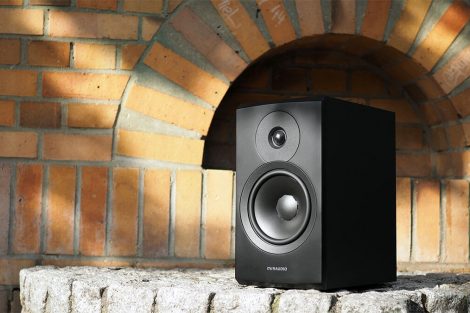As soon as you start working with sound equipment for the stage or the studio, you will be dealing with balanced and unbalanced connections . But what’s the difference between these so-called symmetrical and asymmetrical connections, what kind of connectors do you need, and are balanced cables the same as stereo cables? I’ll explain it all here.
What is a balanced connection?
A balanced connection (‘symmetrical’) prevents disturbing noises such as noise and hum. Balanced connections are usually used when long distances have to be bridged, especially with very weak signals such as those from microphones. For a balanced connection, both devices must have a balanced connection. This means that the signal is output from the output device in duplicate: one normal time, and one copy with reverse polarity. The receiving device receives both signals separately, reverses the polarity of the copy and merges the signals. The result of this switching trick is that the original signal becomes twice as loud and all unwanted noises that the two wires have picked up along the way cancel out.

How can I tell the difference between Balanced and unbalanced connections?
For a balanced connection (‘symmetrical’) you need a cable with three wires and plugs that have three contact points. The plugs most often used for balanced connections are XLR and 6.3 mm TRS jack. XLR can be recognized by the round plug with three separate contact points. The XLR format has a male side and a female side, or pins and holes. The audio signal goes in on the female side and comes out on the male side. (I would like to see the quirky and especially tasteful comments in the comments.) XLR is the standard connection for microphones but is also used for line signals. Everyone knows the 6.3 mm (1/4 inch) TRS or ‘jack’ plugs. The plug has three segments: ‘tip’, ‘ring’ and ‘sleeve’, hence ‘TRS’. The unbalanced version (‘asymmetric’) has only a ‘tip’ and a ‘sleeve’ and is appropriately called TS plug. Another unbalanced plug is the RCA connector, also known as ‘tulip’ or ‘cinch’ connector. You will usually find these as a stereo pair on hi-fi and DJ equipment.

What is the difference between a stereo plug and a balanced plug?
The TRS plug that you use for a balanced connection is exactly the same plug that you find at the end of your headphone cable, for example. This regularly causes the necessary confusion. A balanced signal and a stereo signal are not the same. But… both principles use exactly the same cable , so with three wires, and plugs with three contact points. With a balanced signal we speak of ground, plus and minus and with a stereo signal we speak of ground, left and right. You can use the two signal wires in a TRS jack cable to perform the ‘toggle trick’ described above, but you can also use them to send two different signals to the left and right earcups of your headphones, or to another device that uses such a stereo connection.
Are stereo signals and balanced signals interchangeable?
No. Things go wrong if, for example, you connect the stereo output of your smartphone to a balanced input of a mixing console. The mixing console reverses the polarity of one of the two signals and merges them. The result: everything that was once in the center of the stereo image, such as vocals, bass and kick, disappears like snow in the sun. The other way around, very strange things also happen. If you send a balanced output from a mixer to, for example, the stereo line-in of your PC, you will hear the same left and right, but one of the two has a reversed polarity. The result: a strange hollow sound that seems to come from everywhere except from the speakers.

Why are unbalanced connections still being used?
The circuit for a balanced connection is more expensive than that for an unbalanced connection. So this is a point that some manufacturers are cutting back on. In addition, line signals from keyboards, for example, are many times louder than the signal from a microphone. The signal-to-noise ratio is therefore not really compromised with these types of instruments, not even with an unbalanced connection. From that point of view it seems quite strange that an unbalanced connection is almost always chosen for electric guitars and basses. After all, these kinds of passive instruments have a very weak signal. In the past there have been experiments with balanced guitars.

How do you make an unbalanced signal balanced?
You can turn an unbalanced signal into a balanced signal using a direct injection box, better known as DI. These handy boxes are often used on stage to balance the unbalanced signal from an acoustic guitar, for example. That way you can easily bridge a distance of a few dozen meters without being bothered by hum and noise. Keep in mind that the receiving device must also have a balanced connection. You usually connect a DI to a microphone input, which is almost always balanced. Incidentally, it is not a problem if you connect an unbalanced cable with balanced connections. The connection is then not balanced, but the signal will continue to come through.




Add Comment